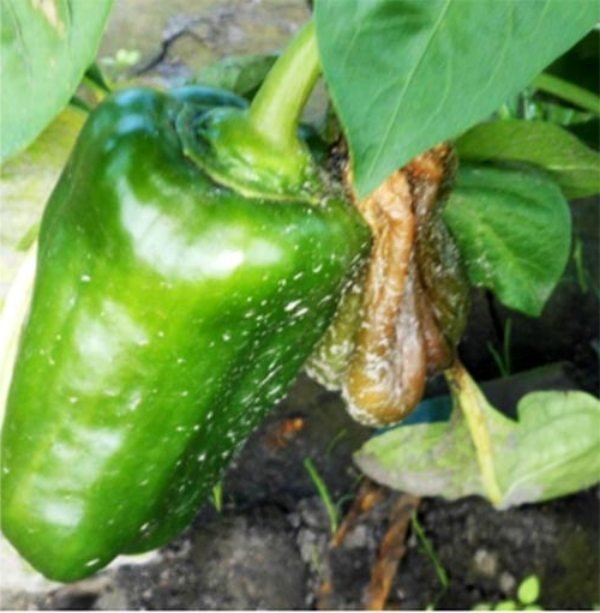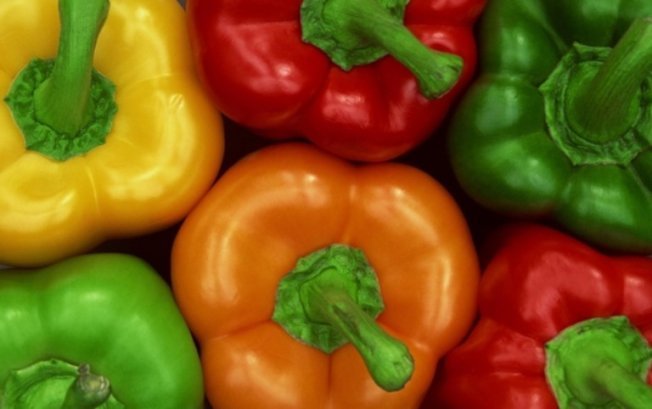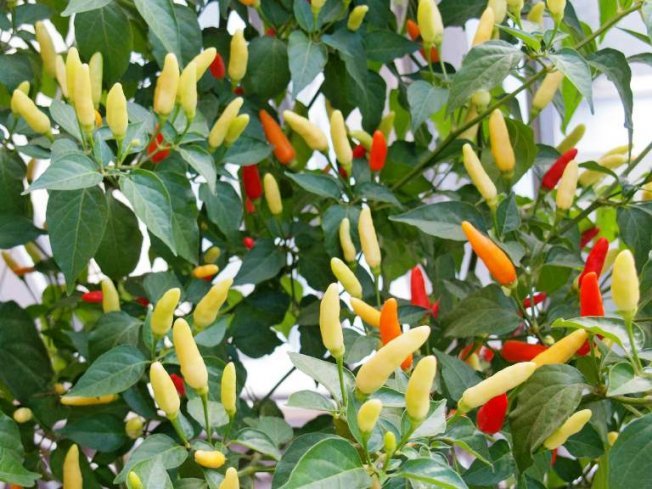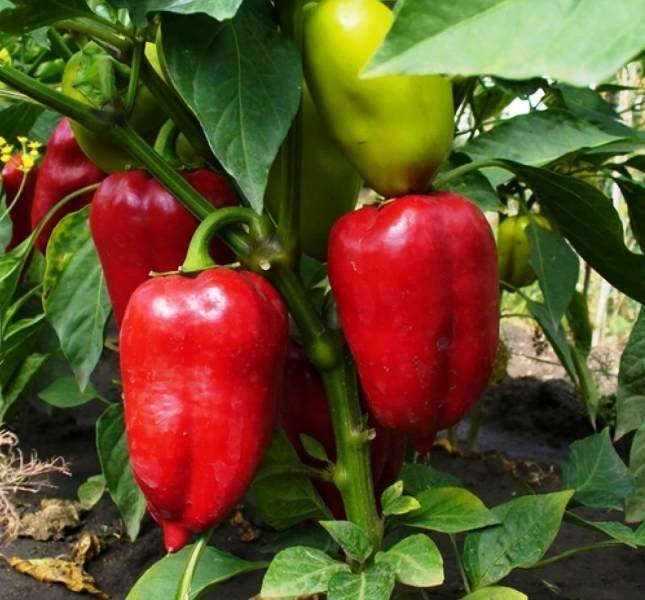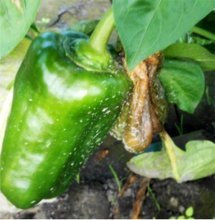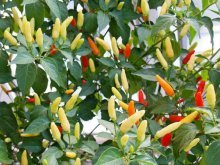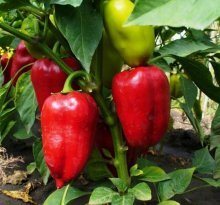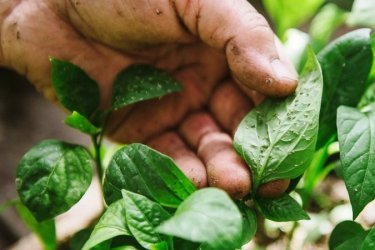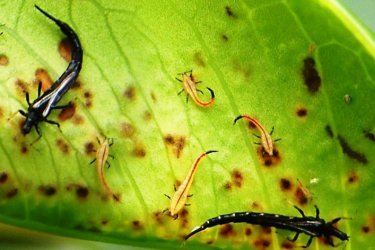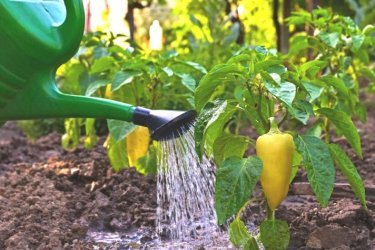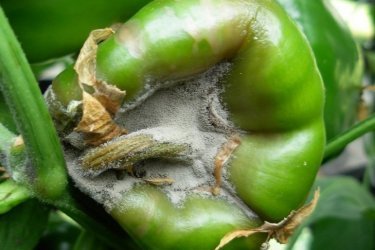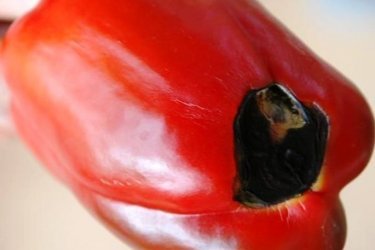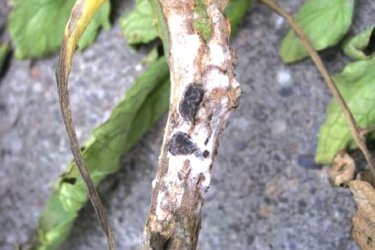Wet bacterial rot of pepper, symptoms, prevention

The causative agent of bacterial wet rot of pepper is the bacteria Pectobacterium carotovorum subsp. The danger of pathogens is that they have a high survival rate in anaerobic and aerobic conditions.
The threat of infection exists throughout the entire growing season of the plant and harvest; even harvested fruits can be affected.
Content:
- What are the symptoms of bacterial rot of bell peppers?
- Biological nature of the disease
- Factors promoting development
- Control methods and prevention
What are the symptoms of bacterial rot of bell peppers?
The first symptoms of fruit damage are depressed, moisture-saturated spots on the surface of the fruit. Over time, the size of the spots increases, affecting not only superficial tissues, but also those located deeper.
Affected fruits acquire a watery, mucous consistency and their walls rupture. A spoiled product has a sharp, unpleasant odor, which is typical for bacterial infections.
It is especially dangerous when wet rot develops during the ripening process of red capsicum fruits.
Damage to the root collar of a plant leads to:
- stem hollowness;
- leaf discoloration
- withering and death of the bush.
Biological nature of the disease
Bacterial rot is caused by wound parasitic microorganisms.A humid environment and hot weather stimulate the development of bacteria.
The pathogens are spread by leaf-eating and sucking insect pests.
In garden beds, the spread of the disease can occur during the harvesting process, through direct contact of rotting fruits with healthy ones located nearby. In the same way, contamination occurs when products are placed in boxes.
Pathogenic organisms are able to survive winter frosts, provided they are found in the remains of cultivated and weed plants and affected fruits.
Factors contributing to the development of the disease
Promotes the development of bacterial rot bell pepper increased air humidity during storage and transportation of products. Since the disease develops very quickly, it can cause large product losses even during short-term storage.
No less dangerous factors contributing to the development of the putrefactive process are:
- mechanical damage to pods;
- wound surfaces on the skin formed as a result of the activity of pests;
- cracks on the skin of the fruit;
- sunburn;
- other diseases;
- storage at temperature + 25 +30 C.
Control methods and prevention
Unfortunately, agronomists cannot recommend highly effective drugs to combat bacterial rot of chili or bell peppers.
To reduce the threat of damage, it is recommended to treat the root system of seedlings with Fitosporin-M, diluted in a proportion of 2 - 3.2 g per 1 liter of water, before planting in the ground.
To safely store ripe pods, they can be rinsed with chlorinated water containing at least 0.005% chlorine, then dried thoroughly.
And yet, it is possible to protect capsicums from bacterial rot; for this you will need to take the following preventive measures:
- strictly control the amount of nitrogen fertilizers applied to the soil;
- all planting material must be disinfected;
- to grow seedlings, use a disinfected soil mixture;
- in greenhouse conditions, periodically replace or etch the soil;
- organize high-quality ventilation of greenhouses;
- take all possible measures to combat insect pests and flies, which can also spread the infection.
Regarding the fruits:
- Harvesting from the beds should be done in dry weather;
- immediately discard pods of questionable quality;
- When harvesting and transporting, mechanical injury to peppers should be avoided;
- The storage temperature of the crop should not exceed + 21 C.
Compliance with preventive measures will protect the harvest of capsicums, be it hot chili or sweet bell pepper, from bacterial rot.
Let's watch a useful video about the fight against bacterial rot of pepper:
Pests

